Grandpa Ron
Been spending a lot of time on here!
- Joined
- Aug 9, 2018
- Messages
- 1,220
- Reaction score
- 755
- Can others edit my Photos
- Photos OK to edit
One thing I have learned about a DYI is, the first one costs you very little, mostly because it is made from things on hand or less durable materials. If you try to make and sell 1000 of them you generally discover why they cost so much.
I wanted a large cone shaped lens hood to match a 58mm diameter lens. I made one from paper and masking tape, with scissors, protractor and a lot of "cut and try". Then I opened it up and taped it flat to a piece of pasteboard and rolled it into a cone. The cost less than a dollar. It works great, but is not very durable.
To try to make and sell any significant number of these would require a time and improved materials investment. Not what I would like to spend my time doing.
I wanted a large cone shaped lens hood to match a 58mm diameter lens. I made one from paper and masking tape, with scissors, protractor and a lot of "cut and try". Then I opened it up and taped it flat to a piece of pasteboard and rolled it into a cone. The cost less than a dollar. It works great, but is not very durable.
To try to make and sell any significant number of these would require a time and improved materials investment. Not what I would like to spend my time doing.

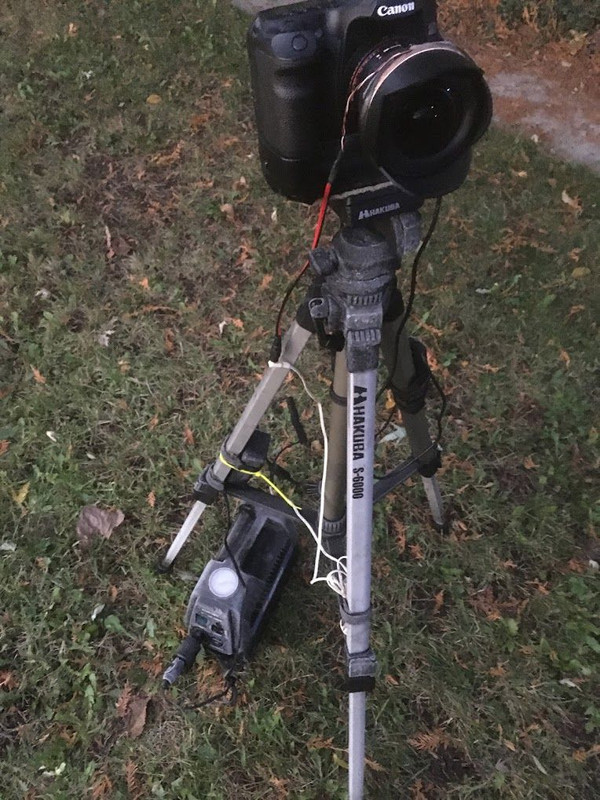
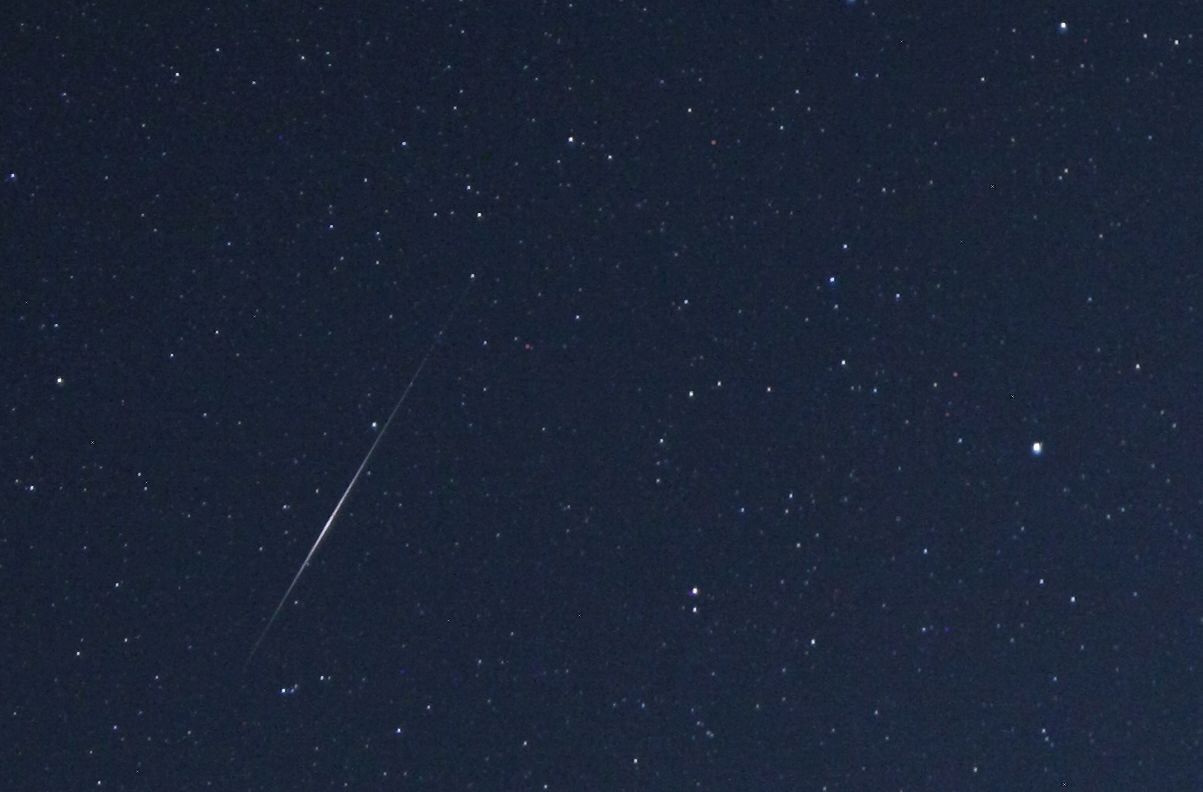
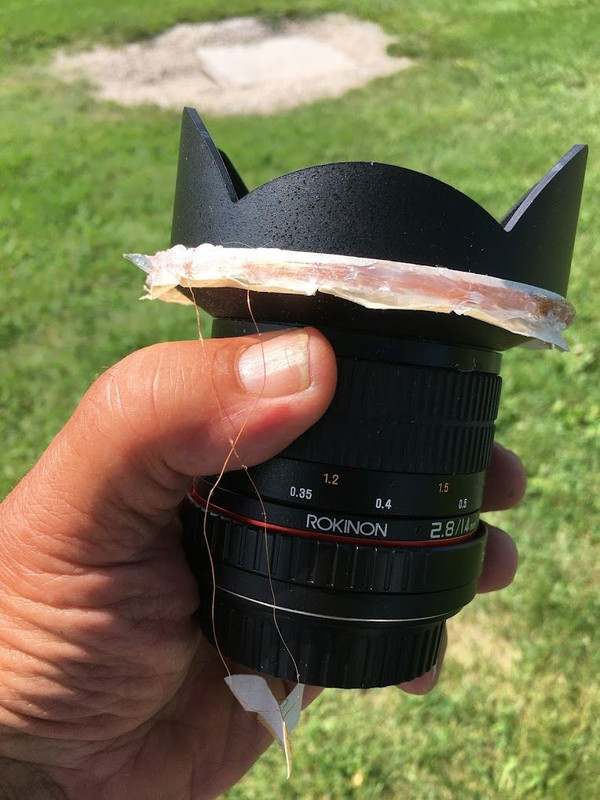


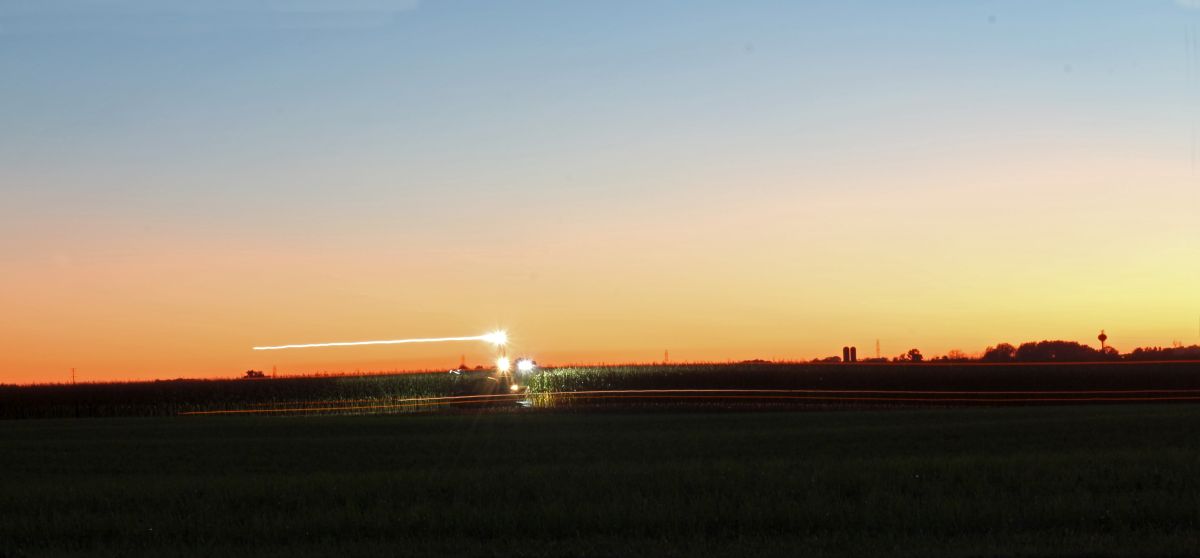

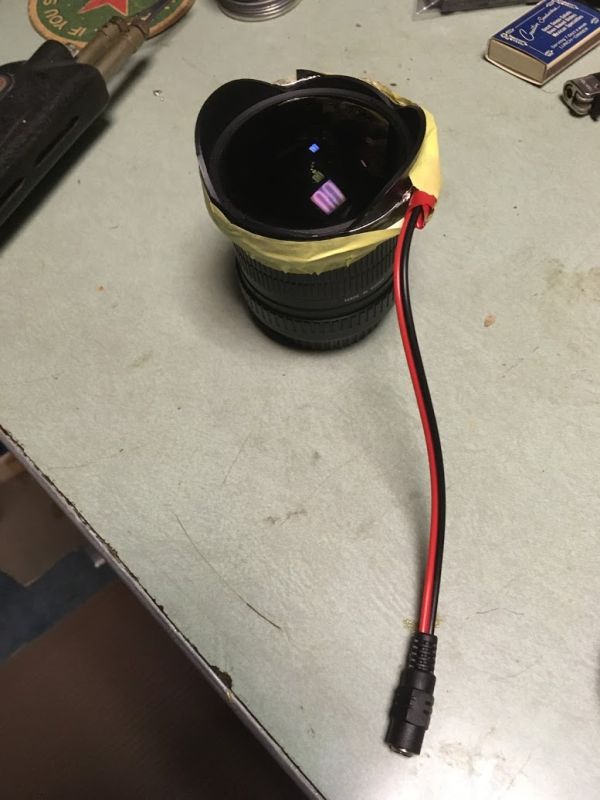
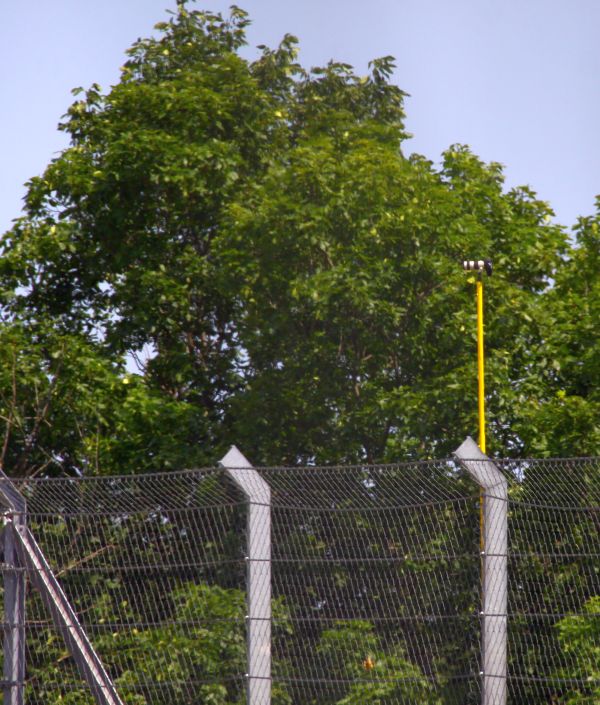






![[No title]](/data/xfmg/thumbnail/31/31094-f975d7e61424996edc28cec3b9dd70a8.jpg?1734159245)



![[No title]](/data/xfmg/thumbnail/36/36300-760519cb9a8ebbfc57cc3d1fda5dd37c.jpg?1734168623)
